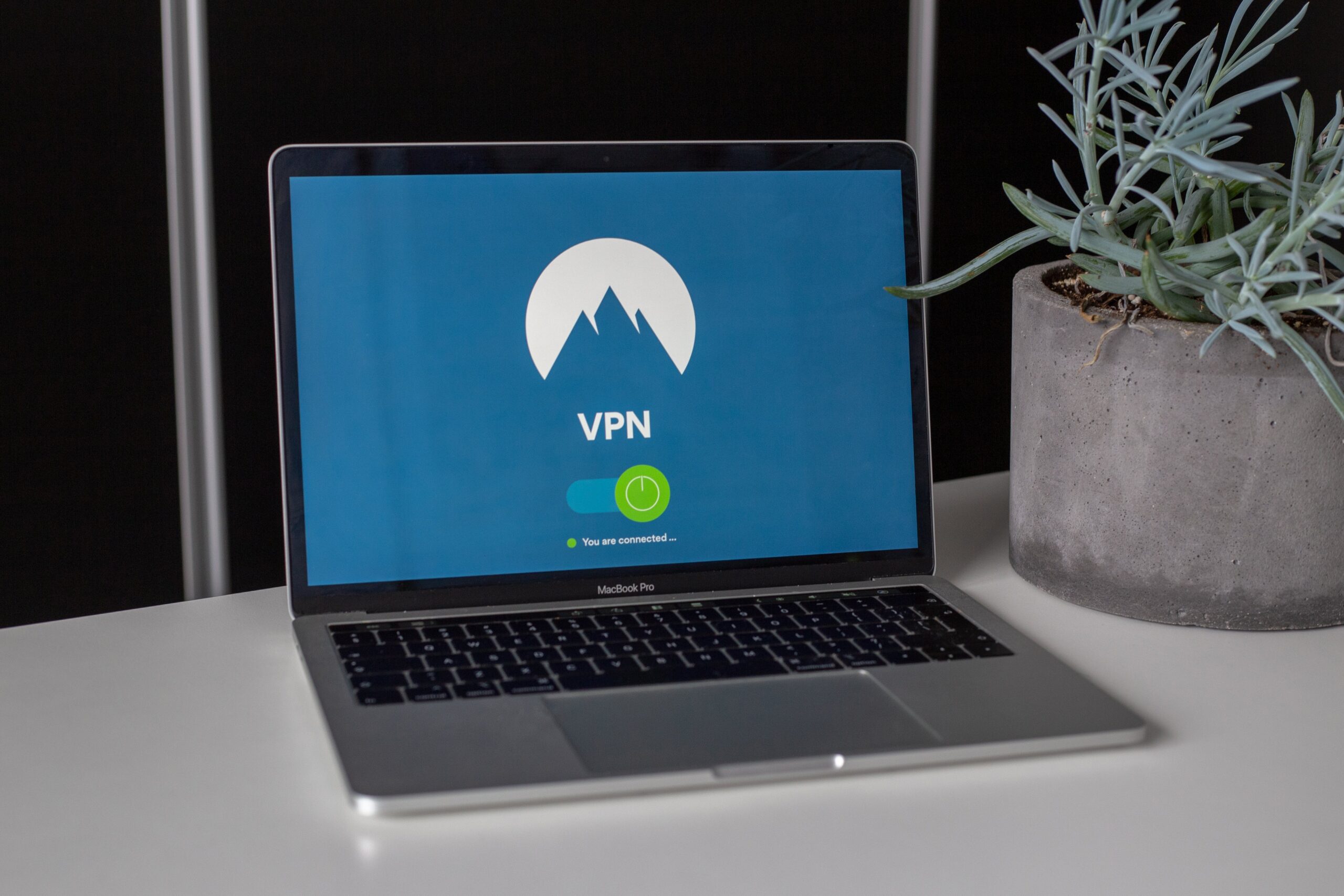Thank You!
Office Location
704 – 3600 Brenner Drive NW
Calgary, Alberta T2L1Y2
Contact
1 (855) 905 – 2269
contact@clearBright.ca

Network security is now a major concern for businesses, regardless of their size. The rapid pace of technological advancements has introduced a range of sophisticated threats that can put sensitive information at risk, disrupt everyday business activities, and lead to substantial financial losses. In this blog post, we will explore some of the most common network security issues and provide practical strategies to protect your digital assets.
As the threat landscape continually evolves, it’s important to stay informed about emerging network security threats. Here are a few of the latest trends:
In an age where cyber threats are constantly evolving, it’s crucial for businesses to stay vigilant and proactive in protecting their network infrastructure. Understanding the common network security threats and implementing robust mitigation strategies can significantly reduce the risk of a security breach.
By combining technical measures, employee training, and a well-defined incident response plan, you can create a resilient network security posture that safeguards your organization’s data, reputation, and financial well-being. Network security is an ongoing process, and staying informed about emerging threats and adapting your defences accordingly is key to maintaining a secure network environment.

We are committed to meeting our clients’ unique project needs and achieving their utmost satisfaction with our work.
| Location | 704 – 3600 Brenner Drive NW Calgary, Alberta T2L1Y2 |
|---|---|
| Phone | 1 (855) 905 – 2269 |
| contact@clearbright.ca |
| Office | 704 – 3600 Brenner Drive NW Calgary, Alberta T2L1Y2 |
|---|---|
| Phone | 1 (855) 905 – 2269 |
| contact@clearBright.ca |
704 – 3600 Brenner Drive NW
Calgary, Alberta T2L1Y2
1 (855) 905 – 2269
contact@clearBright.ca